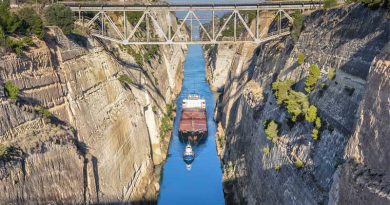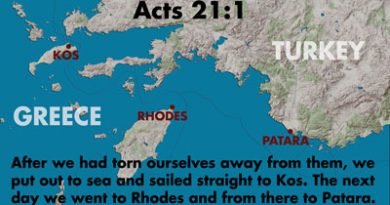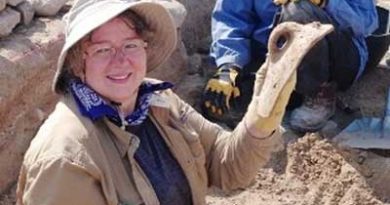The place where Jesus was baptized
The baptism of Jesus is described in the gospels of Matthew, Mark and Luke. John’s gospel does not directly describe Jesus’ baptism.
Most modern theologians view the baptism of Jesus by John the Baptist as a historical event to which a high degree of certainty can be assigned.[1][2][3][4][5] Along with the crucifixion of Jesus, most biblical scholars view it as one of the two historically certain facts about him, and often use it as the starting point for the study of the historical Jesus.[6]
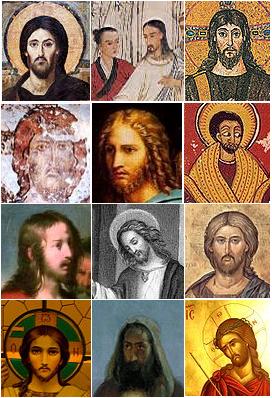
The baptism is one of the five major milestones in the gospel narrative of the life of Jesus, the others being the Transfiguration, Crucifixion, Resurrection, and Ascension.[7][8] Most Christian denominations view the baptism of Jesus as an important event and a basis for the Christian rite of baptism (see also Acts 19:1–7). In Eastern Christianity, Jesus’ baptism is commemorated on 6 January (the Julian calendar date of which corresponds to 19 January on the Gregorian calendar), the feast of Epiphany.[9] In the Roman Catholic Church, the Anglican Communion, the Lutheran Churches and some other Western denominations, it is recalled on a day within the following week, the feast of the baptism of the Lord. In Roman Catholicism, the baptism of Jesus is one of the Luminous Mysteries sometimes added to the Rosary. It is a Trinitarian feast in the Eastern Orthodox Churches.
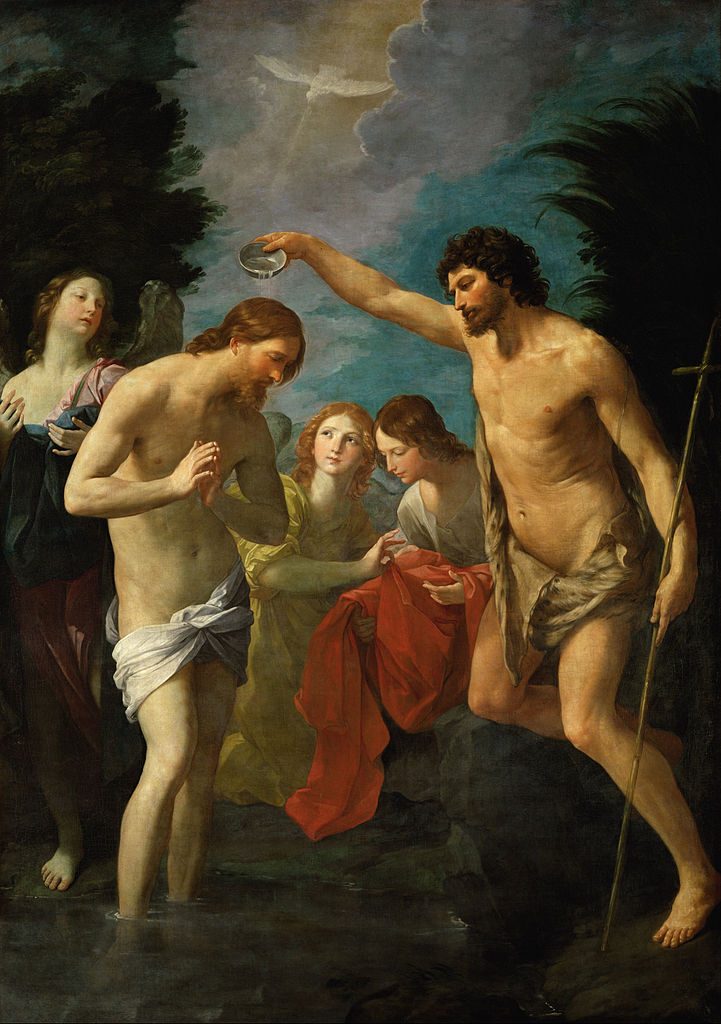
In the Synoptic Gospels
Mark, Matthew, and Luke depict the baptism in parallel passages. In all three gospels, the Holy spirit is depicted as descending upon Jesus immediately after his baptism accompanied by a voice from Heaven, but the accounts of Luke and Mark record the voice as addressing Jesus by saying “You are my beloved Son, in whom I am well pleased”, while in Matthew the voice addresses the crowd “This is my beloved Son, in whom I am well pleased” (Matthew 3:13–17; Mark 1:9–11; Luke 3:21–23).[10][11][12]
After the baptism, the Synoptic gospels describe the temptation of Jesus, where Jesus withdrew to the Judean desert to fast for forty days and nights.
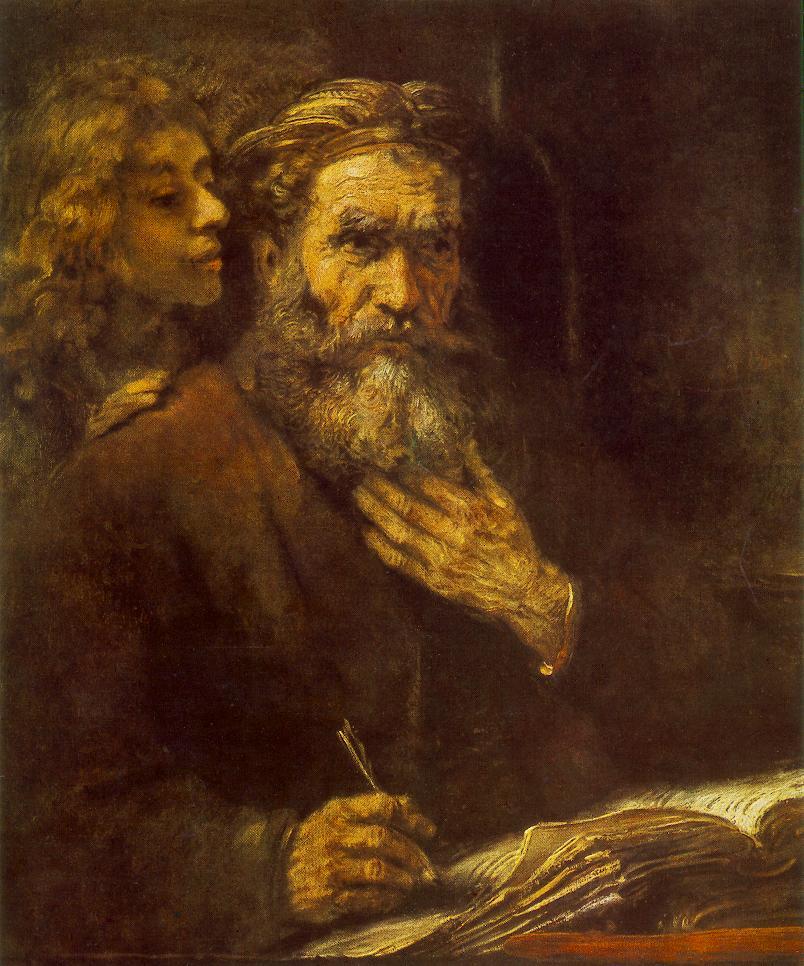
Matthew
In Matthew 3:14, upon meeting Jesus, John said: “I have need to be baptized of thee, and comest thou to me?” However, Jesus convinces John to baptize him nonetheless.[12] Matthew uniquely records that the voice from heaven addresses the crowd, rather than addressing Jesus himself as in Mark and Luke.
Mark
Mark’s account is roughly parallel to that of Matthew, except for Matthew 3:14-15 describing John’s initial reluctance and eventual consent to baptize Jesus, which is not described by Mark.
Luke
Luke 1 begins with the birth of John the Baptist, heralded to his father Zacharias by the angel Gabriel. Six months later Gabriel appears to the Virgin Mary with an announcement of the birth of Jesus, at the Annunciation. At the same, Gabriel also announces to Mary the coming birth of John the Baptist, to her kinswoman Elizabeth, who is the wife of Zacharias. Mary immediately sets out to visit her kinswoman Elizabeth, and stays with her until John’s birth. Luke strongly contrasts the reactions of Zacharias and Mary to these two respective births; and the lives of John and Jesus are intertwined.
Luke uniquely depicts John as showing public kindness to tax collectors and encouraging the giving of alms to the poor (as in Luke 3:11). Luke records that Jesus was praying when Heaven was opened and the Holy Spirit descended on him. Luke clarifies that the spirit descended in the “bodily form” of a dove, as opposed to merely “descending like” a dove. In Acts 10:37–38, the ministry of Jesus is described as following “the baptism which John preached”.[13]
In the Gospel of John
In John 1:29–33 rather than a direct narrative, John the Baptist bears witness to the spirit descending like a dove.[10][15]
The Gospel of John (John 1:28) specifies “Bethabara beyond Jordan”, i.e., Bethany in Perea as the location where John was baptizing when Jesus began choosing disciples, and in John 3:23 there is mention of further baptisms in Ænon “because there was much water there”.[16][17]
John 1:35–37 narrates an encounter, between Jesus and two of his future disciples, who were then disciples of John the Baptist.[18][19] The episode in John 1:35–37 forms the start of the relationship between Jesus and his future disciples. When John the Baptist called Jesus the Lamb of God, the “two disciples heard him speak, and they followed Jesus”.[13][20][21] One of the disciples is named Andrew, but the other remains unnamed, and Raymond E. Brown raises the question of his being the author of the Gospel of John himself.[15][22] In the Gospel of John, the disciples follow Jesus thereafter, and bring other disciples to him, and Acts 18:24–19:6 portrays the disciples of John as eventually merging with the followers of Jesus.[15][18]
In the Gospel of the Nazarenes
According to the non-canonical Gospel of the Nazarenes, the idea of being baptized by John came from the mother and brothers of Jesus, and Jesus himself, originally opposed, reluctantly accepted it.[23] Benjamin Urrutia avers that this version is supported by the Criterion of Embarrassment, since followers of Jesus would not have invented an episode in which Jesus changes his mind and comes to accept someone else’s plan. Plus, the story came from the community that included the family of Jesus, who would have guaranteed the authenticity of the narrative.[24]
Location
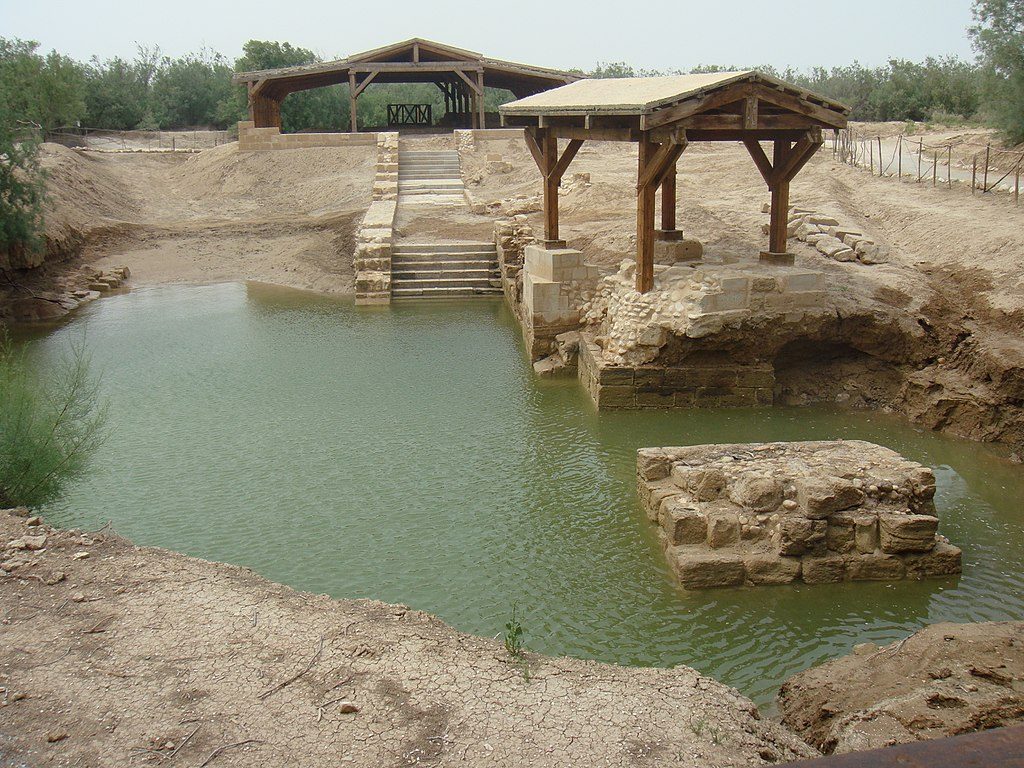
The Gospel of John (John 3:23) refers to Enon near Salim as one place where John the Baptist baptized people, “because there was much water there”.[16][17] Separately, John 1:28 states that John the Baptist was baptizing in “Bethany beyond the Jordan”.[16] This is not the village Bethany just east of Jerusalem, but is generally considered to be the town Bethany, also called Bethabara in Perea on the Eastern bank of the Jordan near Jericho.[17] In the 3rd century Origen, who moved to the area from Alexandria, suggested Bethabara as the location.[25] In the 4th century, Eusebius of Caesarea stated that the location was on the west bank of the Jordan, and following him, the early Byzantine Madaba Map shows Bethabara as (Βέθαβαρά).[25]
The biblical baptising is related to springs and a Wadi (al-Kharrar) close to the Eastern site of the Jordan River,[26] not the Jordan itself.[27] The pilgrimage sites, important for both Christians and Jews have shifted place during history. The site of Al-Maghtas (baptism, or immersion in Arabic) on the East side of the River in Jordan has been deemed the earliest place of worship. This site was found following UNESCO-sponsored excavations.[28] Al-Maghtas was visited by Pope John Paul II in March 2000, and he said: “In my mind I see Jesus coming to the waters of the river Jordan not far from here to be baptized by John the Baptist”.[29] The Muslim conquest put an end to the Byzantine buildings on the east bank of the Jordan River, the later reverence took place just across the river in the West Bank at Qasr el Yahud.[30]
The source of this article is quoted as the Wiki Zero.
References
- ^ a b The Gospel of Matthew by Daniel J. Harrington 1991 ISBN 0-8146-5803-2 p. 63
- ^ a b Christianity: A Biblical, Historical, and Theological Guide by Glenn Jonas, Kathryn Muller Lopez 2010, pp. 95–96
- ^ a b Studying the Historical Jesus: Evaluations of the State of Current Research by Bruce Chilton, Craig A. Evans 1998 ISBN 90-04-11142-5 pp. 187–98
- ^ a b c d Jesus as a Figure in History: How Modern Historians View the Man from Galilee by Mark Allan Powell 1998 ISBN 0-664-25703-8 p. 47
- ^ a b c Who Is Jesus? by John Dominic Crossan, Richard G. Watts 1999 ISBN 0-664-25842-5 pp. 31–32
- ^ a b c Jesus Remembered by James D. G. Dunn 2003 ISBN 0-8028-3931-2 p. 339
- ^ Essays in New Testament Interpretation by Charles Francis Digby Moule 1982 ISBN 0-521-23783-1 p. 63
- ^ The Melody of Faith: Theology in an Orthodox Key by Vigen Guroian 2010 ISBN 0-8028-6496-1 p. 28
- ^ Богоявление и Рождество Христово
- ^ a b Jesus of History, Christ of Faith by Thomas Zanzig 2000 ISBN 0-88489-530-0 p. 118
- ^ Eerdmans Commentary on the Bible by James D. G. Dunn, John William Rogerson 2003 ISBN 0-8028-3711-5 p. 1010
- ^ a b The Synoptics: Matthew, Mark, Luke by Ján Majerník, Joseph Ponessa, Laurie Watson Manhardt 2005 ISBN 1-931018-31-6 pp. 27–31
- ^ a b Jesus of Nazareth by Duane S. Crowther 1999 ISBN 0-88290-656-9 p. 77
- ^ The Lamb of God by Sergei Bulgakov 2008 ISBN 0-8028-2779-9 p. 263
- ^ a b c The Gospel and Epistles of John: A Concise Commentaryby Raymond Edward Brown 1988 ISBN 978-0-8146-1283-5pp. 25–27
- ^ a b c Big Picture of the Bible – New Testament by Lorna Daniels Nichols 2009 ISBN 1-57921-928-4 p. 12
- ^ a b c John by Gerard Stephen Sloyan 1987 ISBN 0-8042-3125-7p. 11
- ^ a b The People’s New Testament Commentary by Eugene M. Boring and Fred B. Craddock 2010, Westminster John Knox Press ISBN 0-664-23592-1 pp. 292-93
- ^ New Testament History by Richard L. Niswonger 1992 ISBN 0-310-31201-9 pp. 143–46
- ^ The Life and Ministry of Jesus: The Gospels by Douglas Redford 2007 ISBN 0-7847-1900-4 p. 92
- ^ A Summary of Christian History by Robert A. Baker, John M. Landers 2005 ISBN 0-8054-3288-4 pp. 6–7
- ^ The Disciple Whom Jesus Loved by J. Phillips 2004 ISBN 0-9702687-1-8 pp. 121–23
- ^ Jerome, quoting “The Gospel According to the Hebrews” in Dialogue Against Pelagius III:2
- ^ Guy Davenport and Benjamin Urrutia, The Logia of Yeshua / The Sayings of Jesus (1996), ISBN 1-887178-70-8 p. 51.
- ^ a b Jesus and Archaeology by James H. Charlesworth 2006, Eedrsmans ISBN 0-8028-4880-X pp. 437–39
- ^ The Synoptics by Jan Majernik, Joseph Ponessa and Laurie Manhardt 2005 ISBN 1-931018-31-6 p. 29
- ^ “Wo Johannes taufte”. ZEIT ONLINE. Rosemarie Noack. 22 December 1999. Retrieved 2015-12-09.
- ^ Staff writers (28 July 2011). “Israel will reopen (Israeli) site of the baptism of Jesus”. AsiaNews.it. Retrieved 2011-07-31.
- ^ Vatican website: Address of John Paul II at Al-MaghtasArchived 16 July 2012 at the Wayback Machine.
- ^ “No evidence, but UN says Jesus baptized on Jordan’s side of river, not Israel’s”. Times of Israel. 13 July 2015. Retrieved 26 November 2015.

